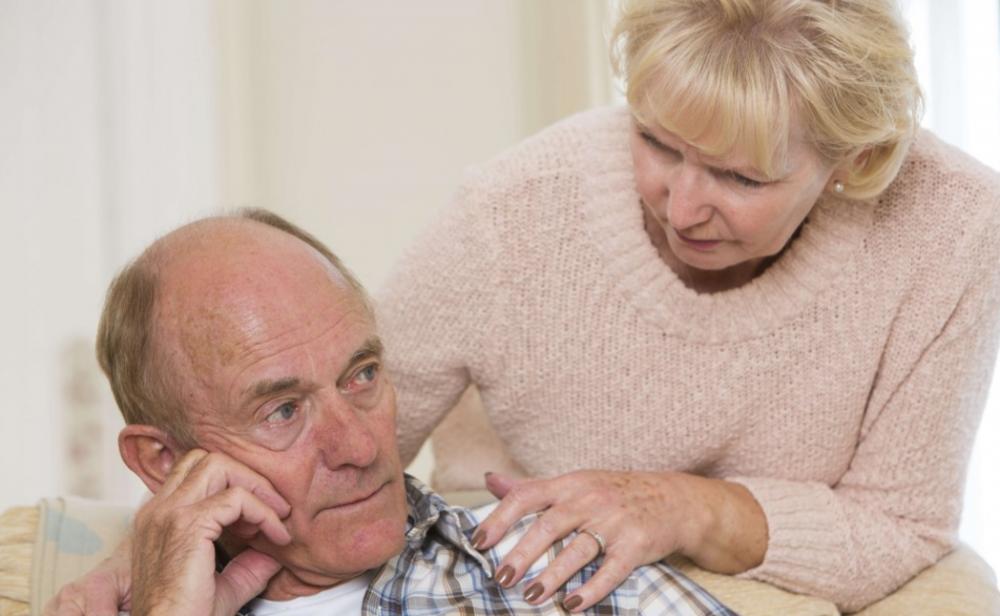The body deals with stress by using the flight or fight response. When the body senses something stressful, hormones are released that initiate physiological responses known as the stress response. Long term activation of the stress response decreases the efficiency of the immune system and increases the risk of physical and cognitive diseases.
Lifestyle changes associated with age can create stressful challenges such as:
- Coping with medical conditions such as heart disease, diabetes and arthritis, chronic pain, cancer or Alzheimer’s disease
- Physical and cognitive changes associated with aging that limit functional mobility and intellectual processes respectively
- Retirement is a time of relaxation, however changes in lifestyle and financial status can initiate stress that can carry over into long term stress.
- Becoming a caretaker for a friend, neighbor, or loved one or losing a friend or loved one
Signs of short term or chronic stress include:
- Worry, anxiety, or panic attacks
- Sadness or depression
- Feeling pressured, hurried, helpless or overwhelmed
- Irritability and moodiness
- Difficulty concentrating and making decisions
- Stomach problems, headaches, chest pain, asthma, skin rashes
- Problems sleeping
- Drinking too much alcohol, smoking, or misusing drugs
Changes in eating habits
The following are suggestions for managing stress:
- Give back to the community by volunteering to enhance self-esteem and reduce stress.
- Participate in regular exercise, eat right, and maintain a healthy weight.
- Refer to problems as “challenges” that can be overcome instead of adopting a feeling helplessness
- Spend time with friends and family. Social relations help with adjusting to changes such as retiring, moving, and losing loved ones.
- Learn and use relaxation techniques and meditation.
- Make use of support and education groups, as well as respite care, which provides time off for caregivers.
For more information on the stress response and coping with stress go to the American Psychological Association’s website apa.org or consult a medical professional.
Kimberly Huff is the fitness director at Heron Point of Chestertown



 and a great time to take care of your heart. The heart beats approximately 100,000 times a day to pump blood through the 60,000 miles of blood vessels. Just like other parts of the body the cardiovascular system is made stronger and more efficient with healthy behaviors like exercise and healthy eating and is negatively affected by unhealthy lifestyle choices like a sedentary lifestyle, smoking and poor eating habits. Just like the rest of the body the cardiovascular system experiences age related changes resulting in less efficient blood flow and greater risk of cardiovascular disease. The National Institute on Aging reported that 40% of all deaths in people between 65 and 74 are related to heart disease and 60% of deaths in people over 85 are related to heart disease
and a great time to take care of your heart. The heart beats approximately 100,000 times a day to pump blood through the 60,000 miles of blood vessels. Just like other parts of the body the cardiovascular system is made stronger and more efficient with healthy behaviors like exercise and healthy eating and is negatively affected by unhealthy lifestyle choices like a sedentary lifestyle, smoking and poor eating habits. Just like the rest of the body the cardiovascular system experiences age related changes resulting in less efficient blood flow and greater risk of cardiovascular disease. The National Institute on Aging reported that 40% of all deaths in people between 65 and 74 are related to heart disease and 60% of deaths in people over 85 are related to heart disease